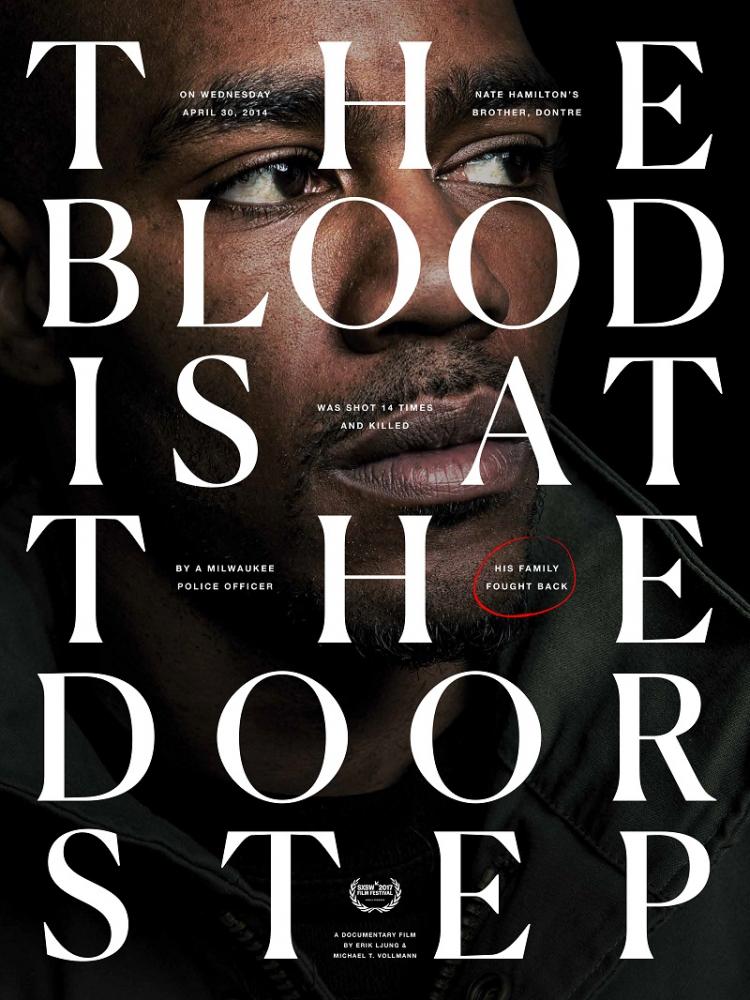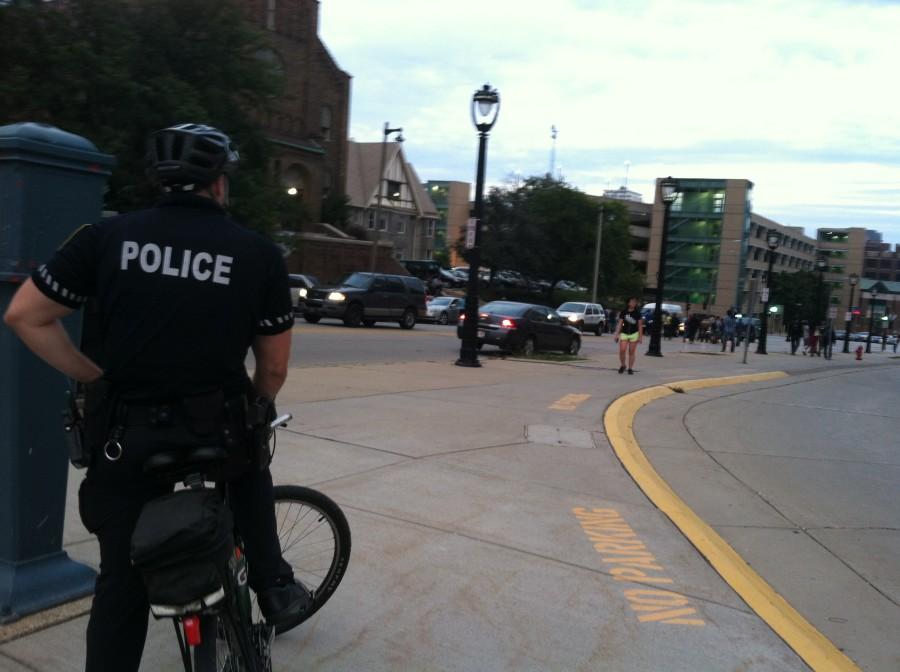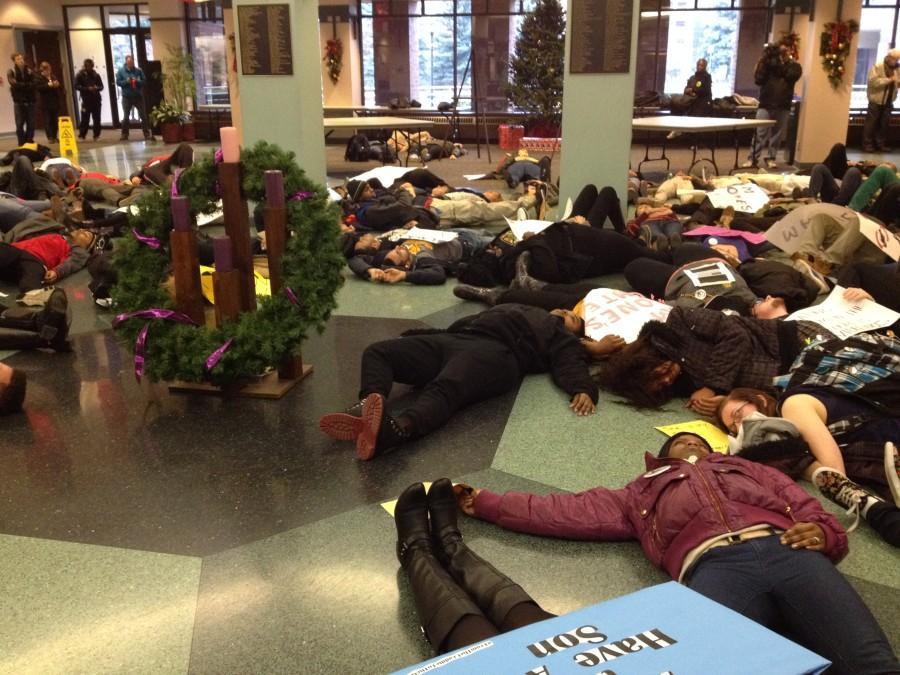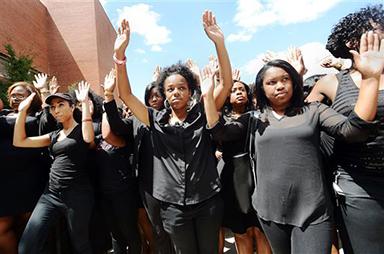 Last August, journalist Shirin-Banou Barghi released a visual tribute to men killed by police officers within the past decade. The project, called “#LastWords,” pairs a simple graphic with the victims’ final words and a caption describing their final moments. The illustrations reveal a disturbing trend in police brutality cases: the application of deadly force against African-American men continues to rise in number, and it is becoming exceedingly violent.
Last August, journalist Shirin-Banou Barghi released a visual tribute to men killed by police officers within the past decade. The project, called “#LastWords,” pairs a simple graphic with the victims’ final words and a caption describing their final moments. The illustrations reveal a disturbing trend in police brutality cases: the application of deadly force against African-American men continues to rise in number, and it is becoming exceedingly violent.
The victims featured include Sean Bell, whose car was volleyed with over 50 bullets on the night of his bachelor party; Amadou Diallo, who was shot at 41 times by four police officers in a case of mistaken identity; Jonathan Ferrell, shot 10 times while trying to find help after a car accident; and Michael Brown, who, while allegedly surrendering to police, was shot five times before a sixth kill shot was fired straight into the top of his skull.
And just this year Milwaukee was home to a similar incident.
On April 30th, 31-year-old Dontre Hamilton was shot to death downtown at Red Arrow Park by an unnamed Milwaukee police officer. According to the final report on the incident by the Wisconsin Department of Justice, the officer in question responded to a call in the area, unaware that a previous pair of officers had already deemed Hamilton’s presence harmless. The officer began to conduct a pat-down search on Hamilton, which led to a scuffle between the two men. After Hamilton seized the officer’s wooden baton — whether he struck the officer or not is still unverified — the officer opted to use deadly force to handle the situation. Hamilton was shot 15 times, which is the full capacity of most .40-caliber Smith & Wesson handguns, including the officer’s service pistol.
Deadly force can be justified, yet police officers are taught various alternatives to neutralize a situation, such as first using verbal commands against a visible threat. If this fails, officers must use physical action instead, and whether an officer decides to use deadly or non-deadly force rests heavily on the situation. If a police officer reasonably believes that his or her own safety or the safety of others is in jeopardy — seizing a police officer’s weapon constitutes such a threat — then the application of deadly force is accepted.
The line between acceptable and excessive use of lethal force may at times be uncertain, but it is clear that Hamilton’s situation was overkill. Did Hamilton really need to be shot 15 times to be subdued? Is there ever truly a time when unloading a gun’s entire magazine into a suspect is justifiable? 
Across the country, African-American men are victimized by police, and the results are alarmingly deadly. Michael Brown’s death in Ferguson may have seemed like something too far away to affect our community, but with Hamilton’s death, the phenomenon has come to our doorstep. As protesters continue to take to the streets, we must ask that police departments nationwide take this opportunity to reflect upon how they can change their approaches to similar situations in the future. That so many innocent men have died due to the use of deadly force by police indicates that racial assumptions still have a strong hold in our society, and that our cops are becoming increasingly violent in their methods. This cannot continue. If it does, the safety of our community, including those on our own campus, will be further jeopardized.







Katie Cutinello • Sep 9, 2014 at 7:23 am
This bad reputation MPD has acquired has effected their role in keeping the city safe. I was the victim of an armed robbery two weeks ago and the suspects took everything. The police force found the suspects but allowed them to get away because there’s a No Chase Law in Milwaukee County. When I asked why they couldn’t pull them over and retrieve my belongings, the police officeres repeatedly said, “I could lose my job.” There were 47 reported armed robberies in MKE that weekend. I would bet had they pulled them over and arrested the suspects, that many of those reported robberies wouldn’t have happened.